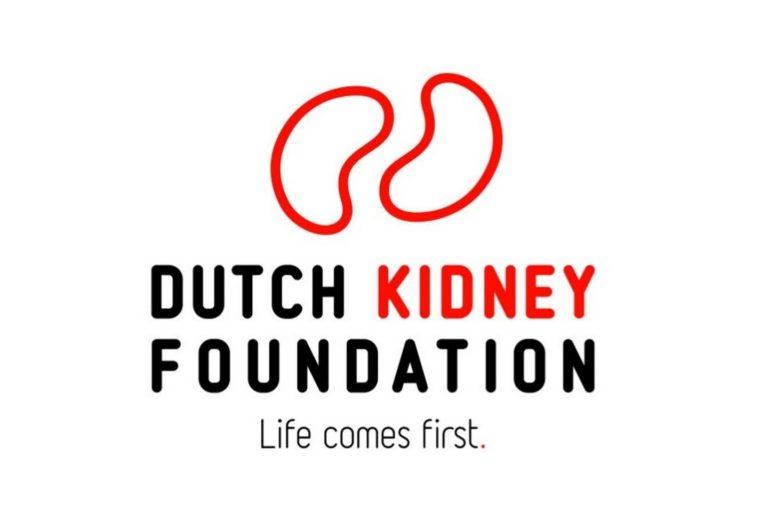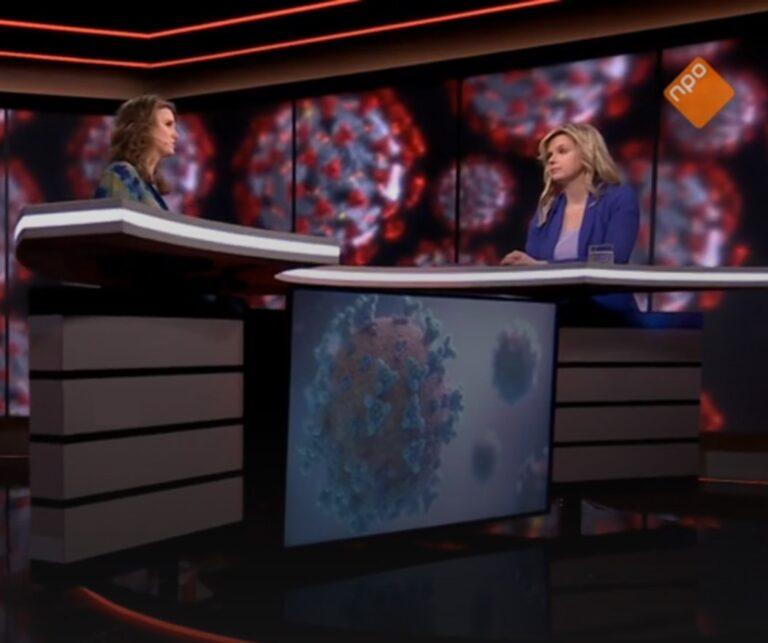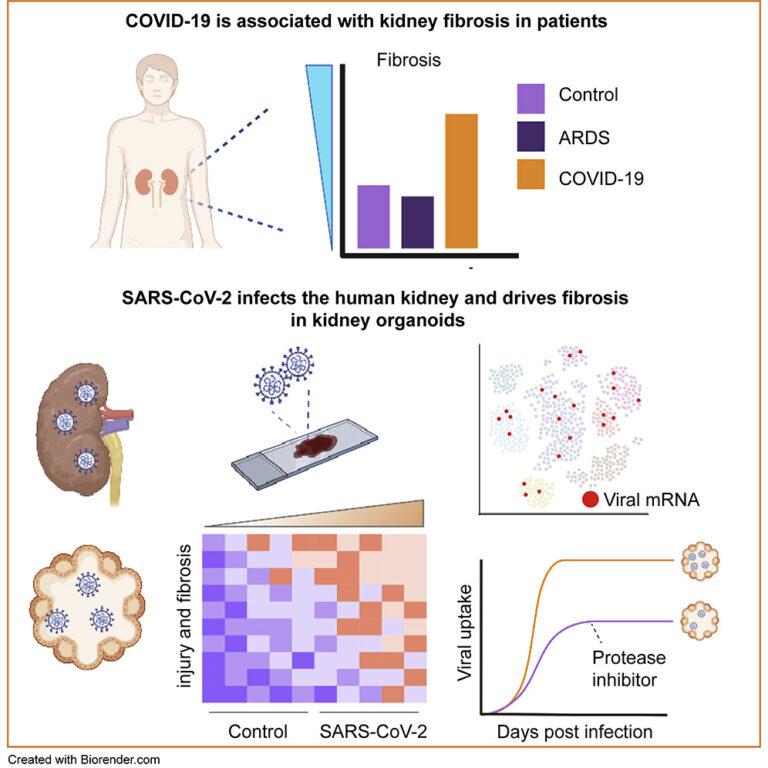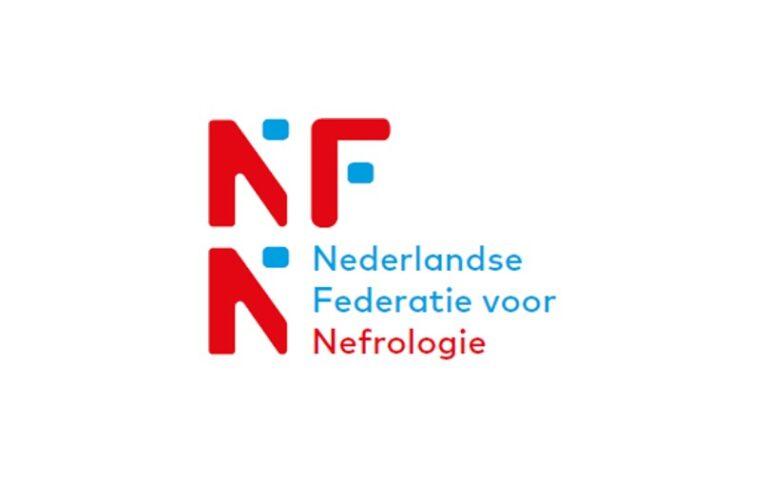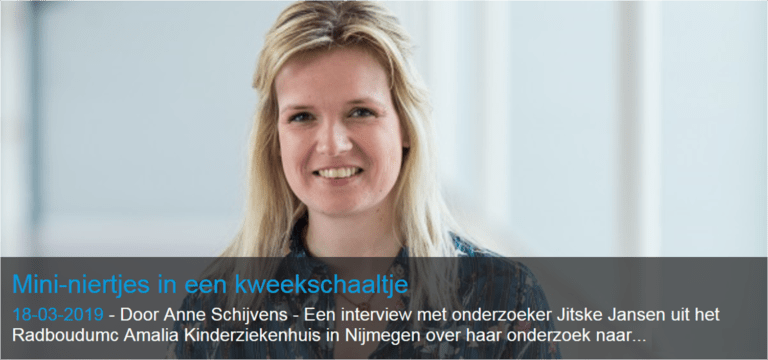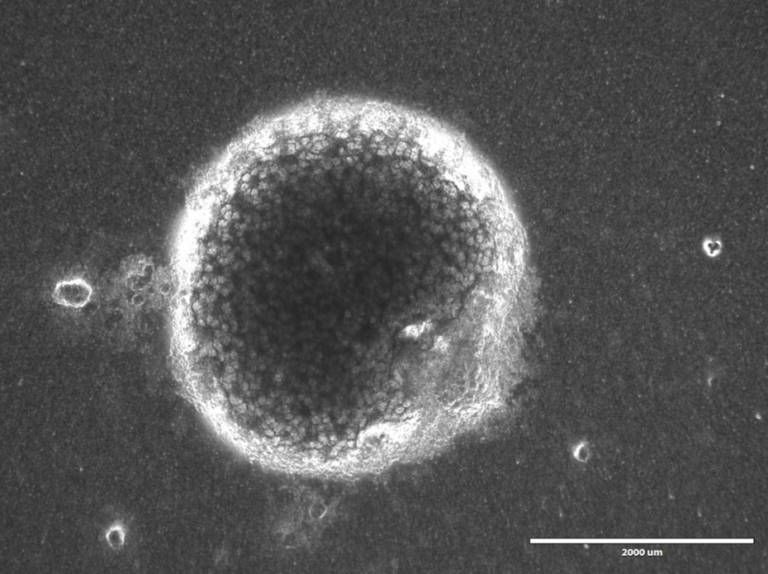Over membraneuze nefropathie (MN) is de laatste jaren steeds meer bekend geworden. Toch blijven enkele belangrijke vragen onopgehelderd. Celbioloog Bart Smeets van het Radboudumc gaat met een Kolff+ beurs een model ontwikkelen van nierorganoïden om meer kennis te krijgen. Membraneuze nefropathie (MN) is de meest voorkomende oorzaak van het lekken van eiwitten in de urine (nefrotisch syndroom) bij volwassenen. Het is moeilijk te voorspellen hoe de ziekte verloopt en een deel van de mensen heeft uiteindelijk dialyse of een transplantatie nodig om in leven te blijven. Bij ongeveer zeventig procent van de patiënten met MN worden antistoffen gericht tegen PLA2R …
Author: Kitewebsites
Jitske Jansen Explains in the TV program ‘Atlas’ the direct effects of SARS-CoV-2 on kidneys
https://www.npostart.nl/ook-schade-aan-de-nieren-bij-milde-coronabesmetting/02-02-2022/POMS_NTR_16803476 Ook schade aan de nieren bij milde coronabesmetting Het coronavirus kan ook schade veroorzaken aan de nieren bij milde klachten. Hoe het virus dit precies doet, onderzoekt onderzoeker nierpathologie Jitske Jansen door mininiertjes te besmetten met COVID-19.
Cell Stem Cell publication: SARS-CoV-2 infects the human kidney and drives fibrosis in kidney organoids
Jitske Jansen, Katharina Charlotte Reimer, James Shiniti Nagai, […] Rebekka K. Schneider, Bart Smeets and Rafael Kramann. Published: December 24, 2021 https://www.cell.com/cell-stem-cell/fulltext/S1934-5909(21)00520-8
Dutch Nephrology Days best fundamental abstract
Jitske Janssen won the award for best fundamental research abstract at the Dutch Nephrology Days for her abstract on the use of human induced pluripotent stem cell-derived kidney organoid to model nephrotic syndrome.
Kolff grant Dutch Kidney Foundation for Jitske Jansen
The Dutch Kidney Foundation supports talented postdocs and physician researchers. Kolff grant recipients are foreseen to make important contributions to the field of renal research and to stimulate the application of research results in practice.
Veni Award for Jitske Jansen
Dr. Jitske Jansen, member of the nephropathology research group, has received a Veni grant of 250,000 Euro from the Netherlands Organization for Scientific Research (NWO). Project title: The REPAIR study: Regeneration of kidnEy ePitheliAl cells crossIng boRders
World Kidney Day. March 2019
Nephrologist and kidney researchers in collaboration with kidney patients and NierNieuws organize a playful teaching program at Radboud University Medical Center to raise awareness for kidney disease.
Kidney Organoids
Interview with Dr. Jitske Jansen for NierNieuws (Kidney News). March 2019 An interview with researcher Jitske Jansen from the Radboudumc Amalia Children’s Hospital in Nijmegen about her research on organoids. “Mini-niertjes in een kweekschaaltje” (article in Dutch).
Nephrotic syndrome in a dish
Our recent publication in Pediatric Nephrology. February 2019 Nephrotic syndrome in a dish: recent developments in modeling in vitro. In this review, we highlight the molecular basis of nephrotic syndrome and discuss requirements to accurately study nephrotic syndrome in vitro, including an overview of specific podocyte markers, cutting-edge stem cell organoids, and the implementation of microfluidic platforms. The development of (patho) physiologically relevant glomerular models will accelerate the identification of molecular targets involved in nephrotic syndrome and may be the harbinger of a new era of therapeutic avenues.
A huge surface
A huge surface A microscopic image scan of a cross-section of a mouse kidney. Different microscopic images are digitally stitched together to create this image. The bright fluorescent green structures are the brush borders within the kidney. Both kidneys together filter 200 liters of fluid every 24 hours. The filtrate is further processed and concentrated to the 1,5 liter of urine we normally pee throughout the day. The filtrate is processed in specialized tubes (nephrons). A human kidney has about one million nephrons, and the total length of the nephrons in the kidney is about 40 miles! The inside of …
